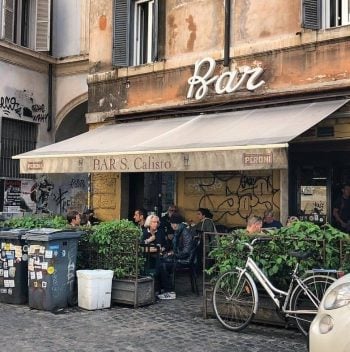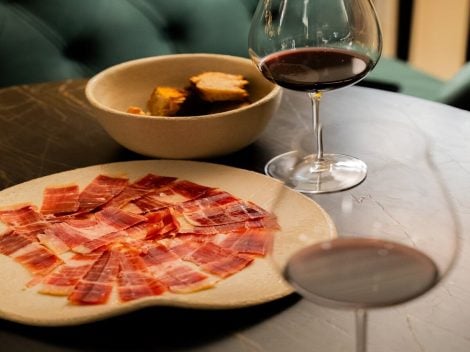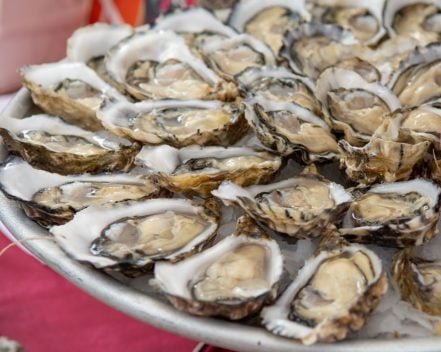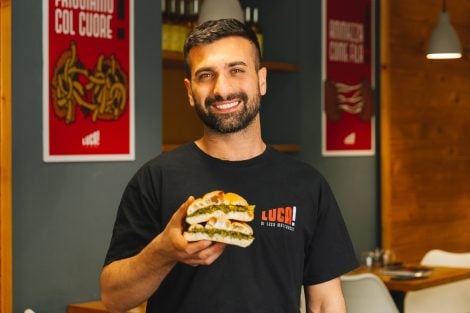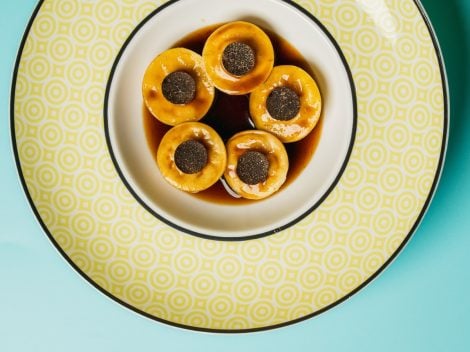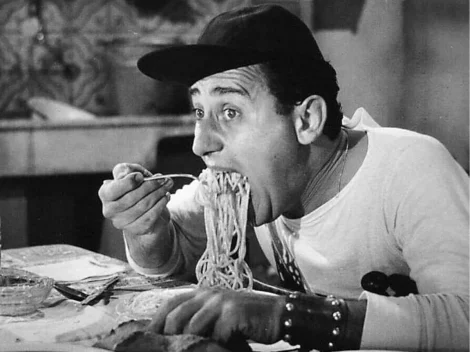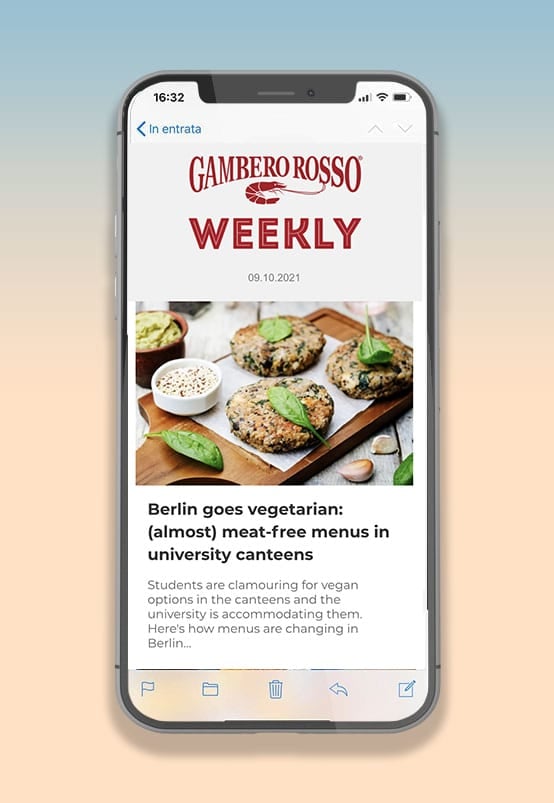Christmas celebrations and the end of the year—what better time to pop open a good bottle of sparkling wine and gather for a celebratory toast? Bubbles evoke festive cheer and conviviality, and sometimes we find ourselves with half-empty bottles that need to be stored in the fridge to finish later. Alongside the rather unfortunate pairing of dry sparkling wine with dessert, another stubborn habit persists during the holidays: preserving leftover sparkling wine by inserting a spoon into the neck of the bottle. This widely-used remedy, however, does not work at all. Here's why.
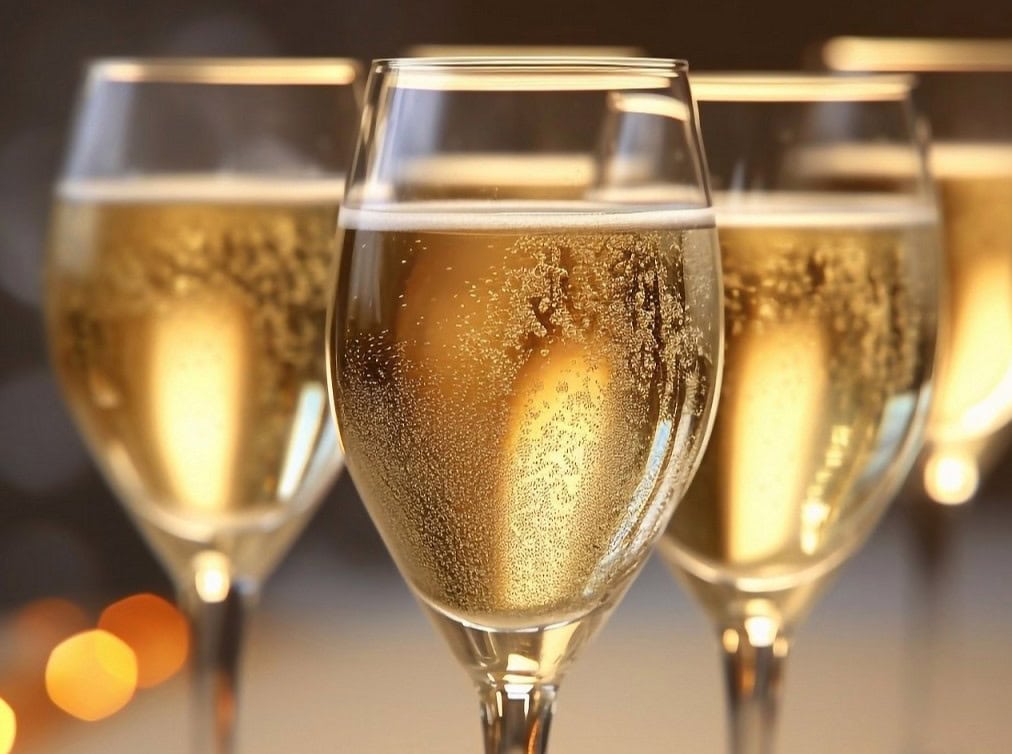
The silver solution
Once the bottle is opened, the wine gradually loses its effervescence. One of the most popular and recommended solutions during festive dinners involves using a spoon— preferablysilver —inserted handle-first into the bottle. The explanations for this method are often vague and revolve around an alchemical property of the utensil to "block" the escape of carbon dioxide molecules, preserving the sparkling wine for longer. This solution is not only recommended for sparkling wines but also for all carbonated beverages in general, such as beer, tonic water, cola, and so on.

Science debunks it all
Firmly rooted in popular consciousness, this method was debunked in 1995 by a group of scientists from Épernay at the Comité Interprofessionnel du Vin Champagne. Several bottles of champagne were opened and partially emptied, leaving some without a stopper, others with the handle of a spoon, and still others sealed airtight. The results showed that the presence or absence of the metal object was irrelevant, while an airtight stopper effectively preserved the effervescence for a longer period.
A year earlier, a similar experiment was conducted at Stanford University. Ten bottles were opened and left to "rest" for 26 hours with or without a spoon acting as a stopper. Once again, the presence of the cutlery had no effect on the preservation of the effervescence.
How to preserve sparkling wine after opening
Let us repeat: the only solution is to seal the bottle airtight to prevent the wine from losing its effervescence. Unfortunately, it is impossible to reuse the characteristic "mushroom" cork from the sparkling wine itself, as it expands upon removal, making it difficult to reinsert into the bottle. However, there are practical solutions for sealing sparkling wine bottles. Stoppers or airtight closures made of plastic or metal are extremely useful to have on hand for such occasions. These accessories are often very affordable and are the safest way to prolong the life and enjoyment of an opened bottle.
Another important factor to remember is cold storage: placing the bottle in the fridge helps slow down the loss of effervescence as much as possible. But above all, one should not expect an opened sparkling wine to remain fresh for an extended period. It’s better to toast a little more and finish the bottle within two or three days.

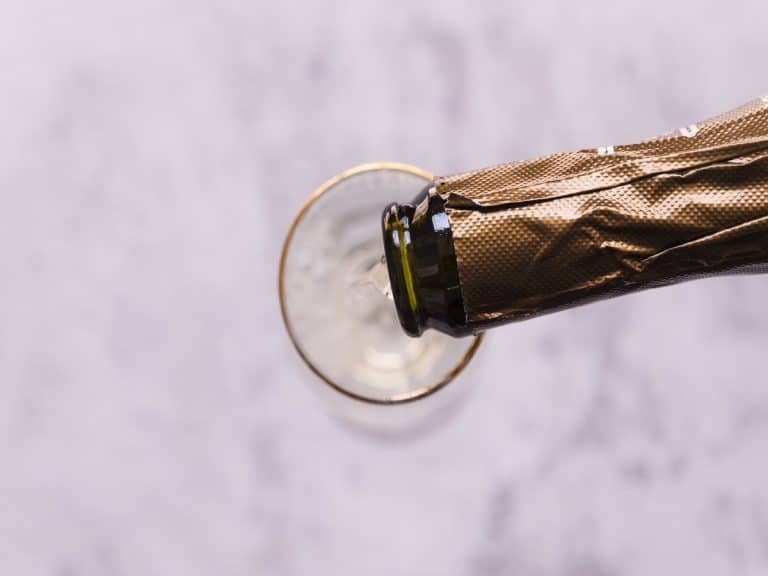
 Veronafiere closes 2024 with its best-ever financial results and confirms Federico Bricolo as Chairman
Veronafiere closes 2024 with its best-ever financial results and confirms Federico Bricolo as Chairman Not just Passito: it’s dry Malvasia driving the wine economy of the Aeolian Islands
Not just Passito: it’s dry Malvasia driving the wine economy of the Aeolian Islands In the United States, it’s Prosecco mania – despite Trump’s tariffs. And the credit goes to women
In the United States, it’s Prosecco mania – despite Trump’s tariffs. And the credit goes to women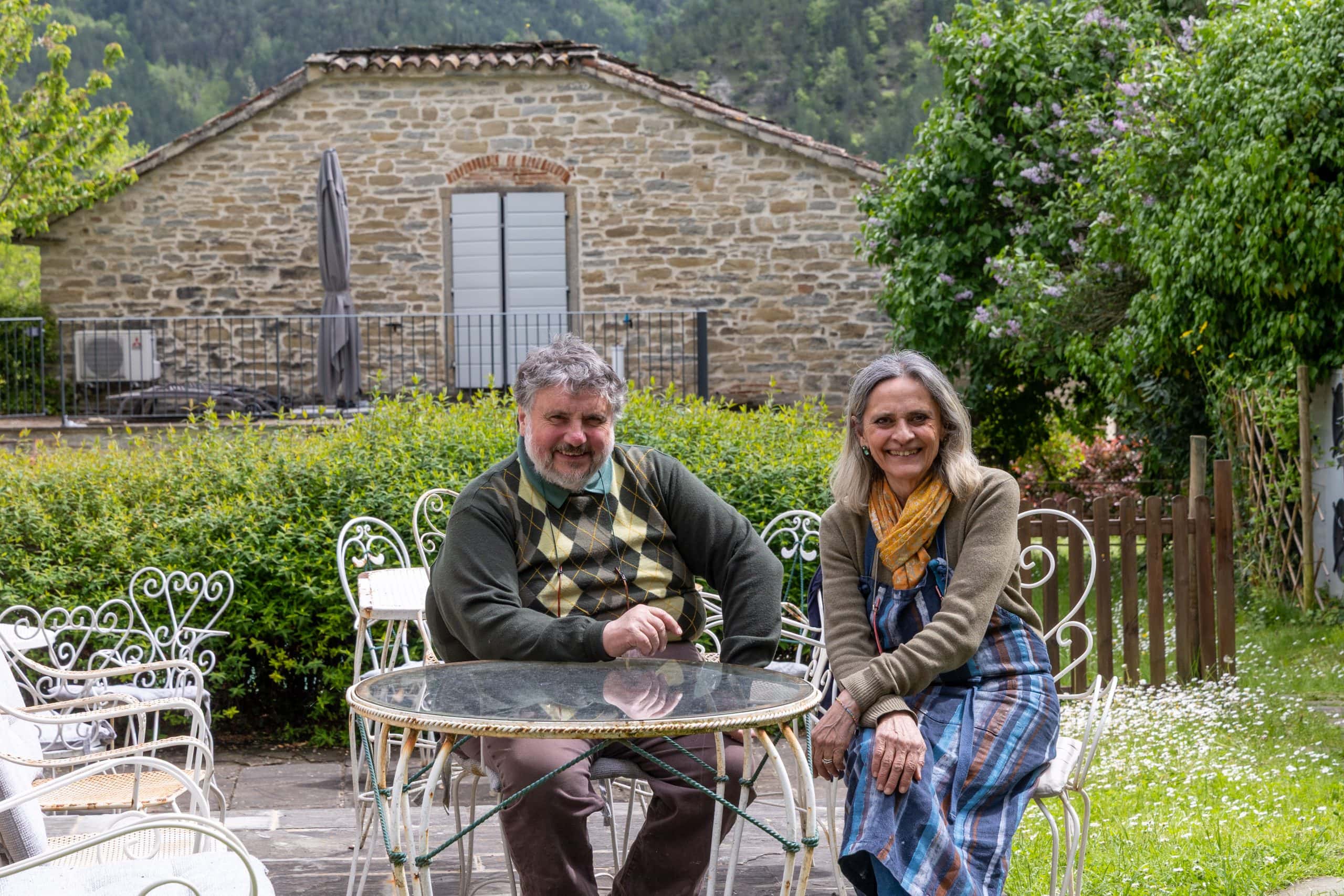 In Romagna, there's an osteria opened in an old rectory that has breathed life back into a depopulated village
In Romagna, there's an osteria opened in an old rectory that has breathed life back into a depopulated village Dining with the Cardinals: here’s what they eat during the Conclave
Dining with the Cardinals: here’s what they eat during the Conclave
